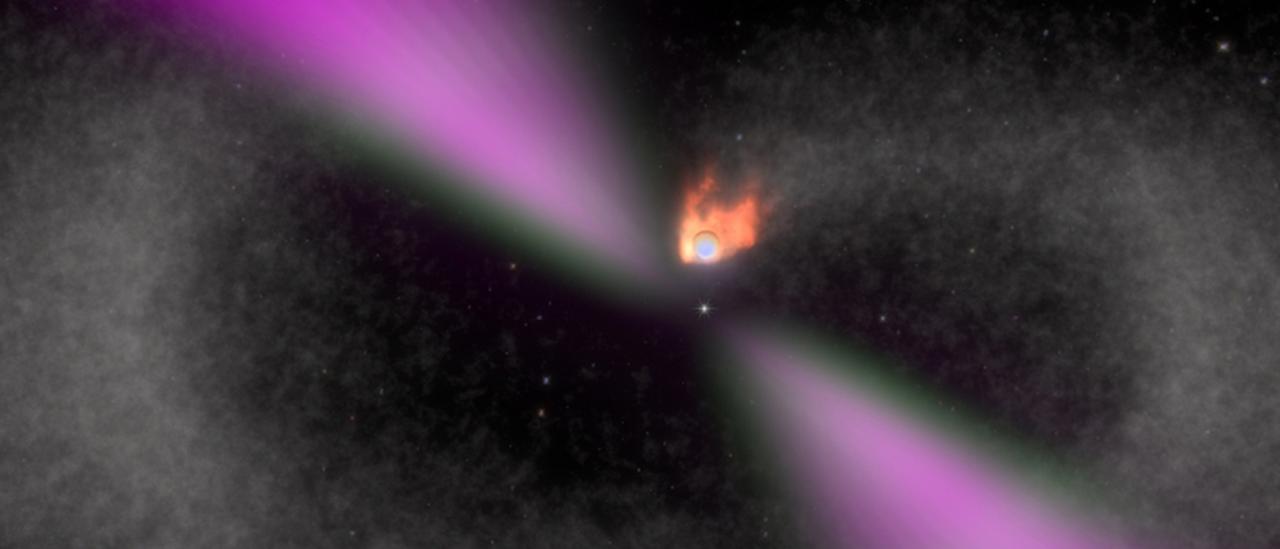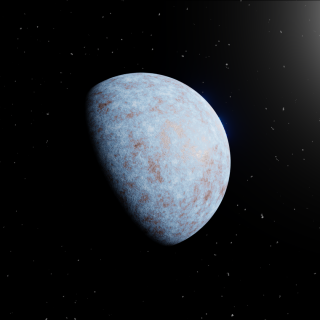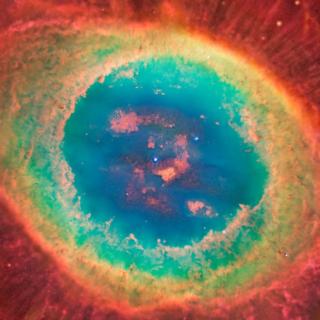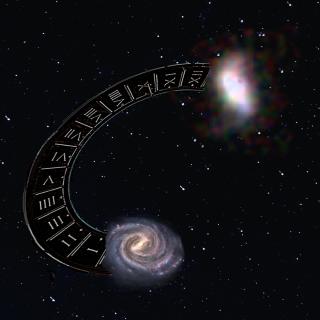
The first prototype of the Large-Size Telescope (LST) of the Cherenkov Telescope Array (CTA), the LST-1, located at the Roque de los Muchachos Observatory (Garafía, La Palma), has detected an emission of very high-energy gamma rays from the Crab Pulsar, a neutron star at the centre of the nebula of the same name. This observation confirms the successful operation of this telescope, which is being commissioned.

When Jocelyn Bell Burnell failed an important exam at the age of 10 she did not expect to become one of the most relevant figures in astronomy. Nor when she began work on her doctoral thesis did she expect to discover an unknown type of star. The story of Jocelyn Bell is one of serendipity, perseverance, the “impostor syndrome” and “little green men”. In honour of her career she will have her own star in the Passage of Science in La Palma. So she will receive the homage which the Island pays to notable scientific figures, such as Stephen Hawking, Alekséi Leonov, Takaaki Kajita, and Samuel

Andrea Possenti has been the Director of the INAF-Osservatorio Astronomico di Cagliari, where he became staff astronomer in 2004 after finishing a Physics degree at the Università di Milano and a PhD in Astronomy at the Università di Bologna. He spent a few years in Australia during his post-Docs. He is also co-chair of the SKA pulsar working group



